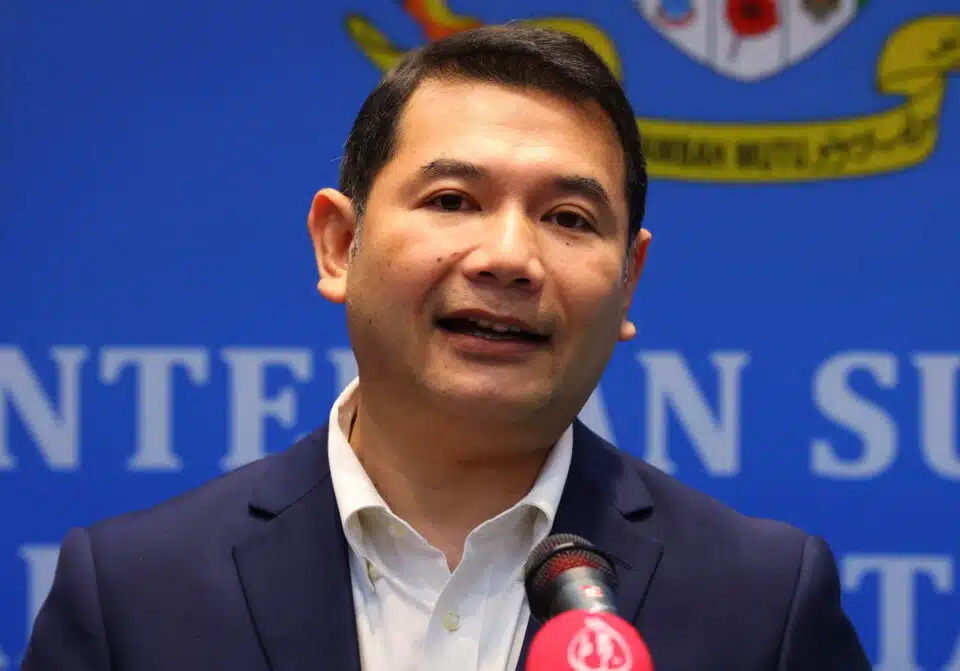SEPANG, Sept 5 — The 13th Malaysia Plan (13MP) will closely resemble 1MP, a strategic document known for its conciseness and comprehensive nature, where each word is dedicated to a specific policy direction, according to Economy Minister Rafizi Ramli.
He acknowledged that crafting the five-year plan is a complex task, given the country’s significant economic transformation, marked by what he described as ‘pivots of diversification’.
“The planning phase of 13MP is akin to a blank canvas. We want to gather creative ideas and input from as many people as possible to create a space free from the status quo where concerns can be voiced and the government nudged in the right direction.
“Then we will work backwards to map out the priority items we want to set for the country’s future. Crucially, getting the sequencing of policies correct is essential,” he said at the Kick-Off Conference for 13MP today.
Rafizi added that, instead of a large blueprint, the government now prefers to roll out reforms in ‘pocket sizes’, allowing room for manoeuvre and adaptation based on citizen feedback.
The first pivot that past leaders made was in commodities when they recognised that the country had to reduce its economic reliance on rubber and tin.
Instead, he said they turned to palm oil and petroleum, which became lucrative revenue sources and globalised Malaysia’s export reach.
The subsequent inflow of investments enabled the country’s second pivot into manufacturing, which was psychologically defining for the people.
“Instead of extracting our natural resources, we were building things. This includes a rising electronics industry, highways connecting the north and south, and iconic buildings modernising our skylines.
“The third pivot, I believe, has yet to come. With RMK-13, we are not looking at just the next five years but envisioning what Malaysia will look like in 2040.
“Taking this high-vantage approach forces us to think beyond individual policies; to determine what will drive the next generation of Malaysia’s economy,” Rafizi said.
Sharing some data, the minister said Southeast Asia is projected to grow at a compound annual growth rate (CAGR) of four per cent until 2040, becoming the fourth largest economy globally, and Malaysia is sitting at the centre of global growth.
“It falls on us, a country of 40 million people, to contend with the giant markets of India and China. This is why the third pivot of diversification is critical.
“I argue that Malaysia must become a consumption powerhouse. An economy primarily driven by our people will be the most important determinant of our long-term trajectory and growth rate,” he said, adding that by boosting domestic demand, Malaysia will kickstart a virtuous economic cycle.
Higher private consumption creates more jobs across all retail, services, and manufacturing sectors, which would translate to lower unemployment and higher disposable income.
This increase in savings helps to localise investments into better public infrastructure such as healthcare and education.
“A healthier and better-educated people create a more productive society. One that reinvests in lifelong talent development and stems brain drain.
“It creates the capacity to design and innovate. Shaping an economy that is more resilient to fluctuations in global markets, trade disputes, and geopolitics,” Rafizi said.
— Bernama





